Top 8 Trending Ceramic Powders For Advanced Technology?
As a seasoned materials science analyst with years of experience tracking technological advancements, I’ve compiled this list of eight ceramic powders that are pivotal in driving innovation across various high-tech sectors. My expertise in identifying key material trends allows me to highlight their significance for future technological developments.
| # | Ceramic Powder | Key Properties | Critical Applications | Why You Might Be Missing Out |
|---|---|---|---|---|
| 1 | High-Purity Alumina (Al2O3) | Exceptional hardness, high temperature resistance, wear resistance, electrical insulation | Transparent ceramics, electronic devices, battery components, catalytic materials, aerospace | Limiting efficiency and longevity in durable, high-performance components like semiconductors and LEDs. |
| 2 | Silicon Nitride (Si3N4) | High strength, electrical corrosion resistance, thermal stability | Precision components in semiconductor equipment, bearings, high-temperature environments like gas turbines | Hindering the performance of ceramics in extreme thermal and mechanical conditions. |
| 3 | Zirconia (ZrO2) | High toughness, biocompatibility, thermal stability | Biomedical implants, cutting tools, welding pins, high-performance knives | Missing out on unmatched durability and safety in biomedical or high-wear applications. |
| 4 | Silicon Carbide (SiC) | Excellent thermal conductivity, wear resistance, chemical stability | Photolithography machines, semiconductor equipment, high-temperature structural components | Compromising component quality and performance in precision technologies like semiconductor manufacturing. |
| 5 | Barium Titanate (BaTiO3) | Excellent dielectric properties | Multilayer ceramic capacitors (MLCCs) in consumer electronics and automotive systems | Overlooking compact, high-performance capacitors essential for modern electronic devices. |
| 6 | Boron Nitride (BN) | High thermal conductivity, electrical insulation, lubricating properties | Thermal greases, thermal plastics, release agents for aluminum castings, heat dissipation in electronics | Underutilizing crucial thermal management and high-temperature lubrication capabilities. |
| 7 | Aluminum Nitride (AlN) | High thermal conductivity, electrical insulation | Substrates and heat sinks in electronics, thermocouples, heating systems | Failing to manage heat effectively while maintaining electrical insulation in high-power electronics. |
| 8 | Titania (TiO2) | Chemical stability, photocatalytic properties | Ceramic coatings, solar technology, environmental applications like self-cleaning surfaces | Neglecting opportunities in sustainable technologies and environmental applications. |
These materials represent the cutting edge in ceramic technology, and understanding their applications is crucial for staying competitive in today’s rapidly evolving technological landscape. My analysis, grounded in a comprehensive understanding of materials science and industry trends, underscores the importance of these powders for future innovations.
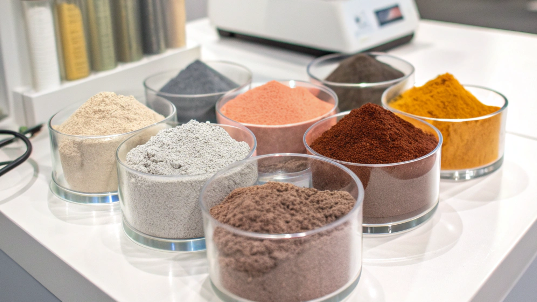
1. High-Purity Alumina (Al2O3)1:
This advanced ceramic powder is highly sought after for its exceptional combination of hardness, heat resistance, and electrical insulation. Its superior optical, electrical, and thermal characteristics make it essential for demanding applications ranging from transparent armor to critical components in new energy technologies.
2. Silicon Nitride (Si3N4)2:
Renowned for its impressive strength, resistance to electrical corrosion, and stability at high temperatures, silicon nitride is a cornerstone material in industries requiring robust performance under challenging conditions, such as in the intricate machinery used for semiconductor manufacturing and the extreme environments of gas turbines.
3. Zirconia (ZrO2):
Particularly in its nanocomposite and stabilized forms, zirconia stands out for its high toughness, excellent biocompatibility, and thermal stability. These properties make it invaluable for biomedical applications like implants and for producing highly durable tools and consumer goods that require exceptional wear resistance.
4. Silicon Carbide (SiC):
With its outstanding thermal conductivity, resistance to wear, and chemical inertness, silicon carbide is a critical material for high-precision applications, including components in photolithography equipment and high-temperature structural elements where reliability and performance are paramount.
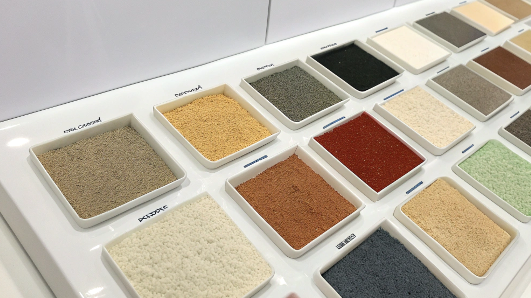
5. Barium Titanate (BaTiO3)3:
As a perovskite-structured material, barium titanate is widely recognized for its superior dielectric properties, making it the primary choice for capacitors used in a vast array of electronic devices, from everyday consumer electronics to sophisticated automotive systems.
6. Boron Nitride (BN):
Especially in its hexagonal form (hBN), boron nitride is valued for its unique combination of high thermal conductivity with electrical insulation and lubricating capabilities. This makes it essential for thermal management in electronics and as a high-performance lubricant in demanding industrial processes.
7. Aluminum Nitride (AlN):
Combining high thermal conductivity with excellent electrical insulation, aluminum nitride is an indispensable material for the semiconductor and electronics industries. It is crucial for substrates and heat sinks that require efficient heat dissipation while maintaining electrical integrity.
8. Titania (TiO2):
Titanium dioxide is highly regarded for its chemical stability and significant photocatalytic properties. This makes it a key material in various applications, including advanced ceramic coatings, solar energy technologies, and environmental solutions such as self-cleaning surfaces that contribute to sustainability.
Summary of Trending Ceramic Powders
Eight ceramic powders are currently driving innovation across high-tech industries due to their unique properties. High-purity alumina excels in hardness and insulation, crucial for electronics and aerospace. Silicon nitride offers high strength and thermal stability for demanding industrial applications. Zirconia provides toughness and biocompatibility ideal for biomedical and high-wear uses. Silicon carbide’s thermal conductivity and wear resistance are vital for precision tech like semiconductor manufacturing. Barium titanate’s dielectric properties are essential for compact capacitors in electronics. Boron nitride’s thermal conductivity and lubrication properties benefit thermal management and industrial processes. Aluminum nitride’s combination of thermal conductivity and insulation is key for high-power electronics. Finally, titania’s chemical stability and photocatalytic properties are valuable for coatings and sustainable energy solutions. These materials offer significant performance advantages, and their adoption is critical for staying competitive in advanced technology sectors.
-
Explore the diverse applications of High-Purity Alumina to understand its critical role in advanced ceramics and technology. ↩
-
Learn about Silicon Nitride’s vital role in semiconductor manufacturing and its benefits in high-performance applications. ↩
-
Discover the advantages of Barium Titanate in electronics, particularly its dielectric properties for capacitors. ↩


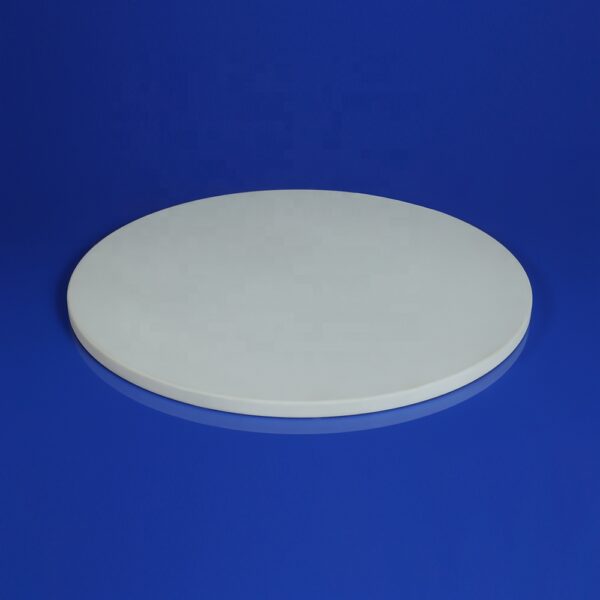

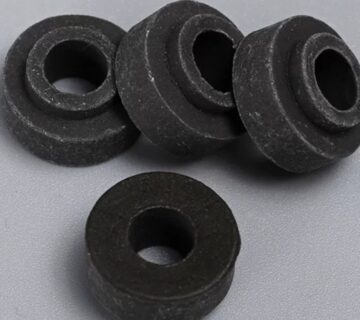

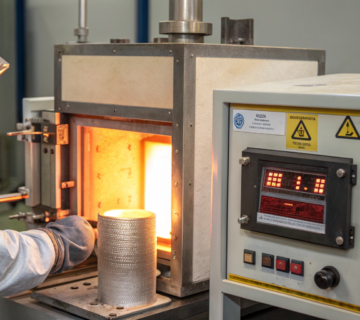

No comment